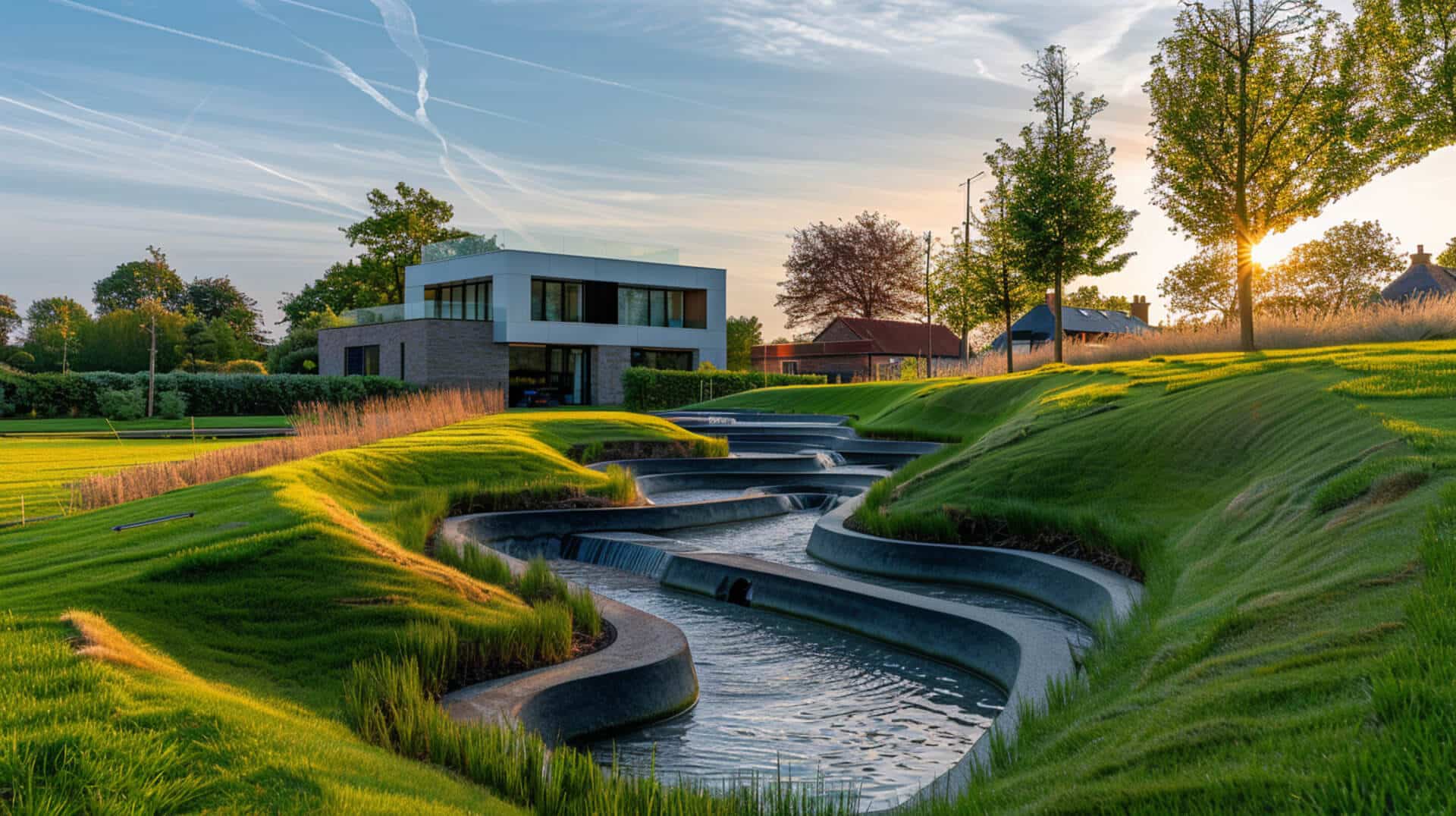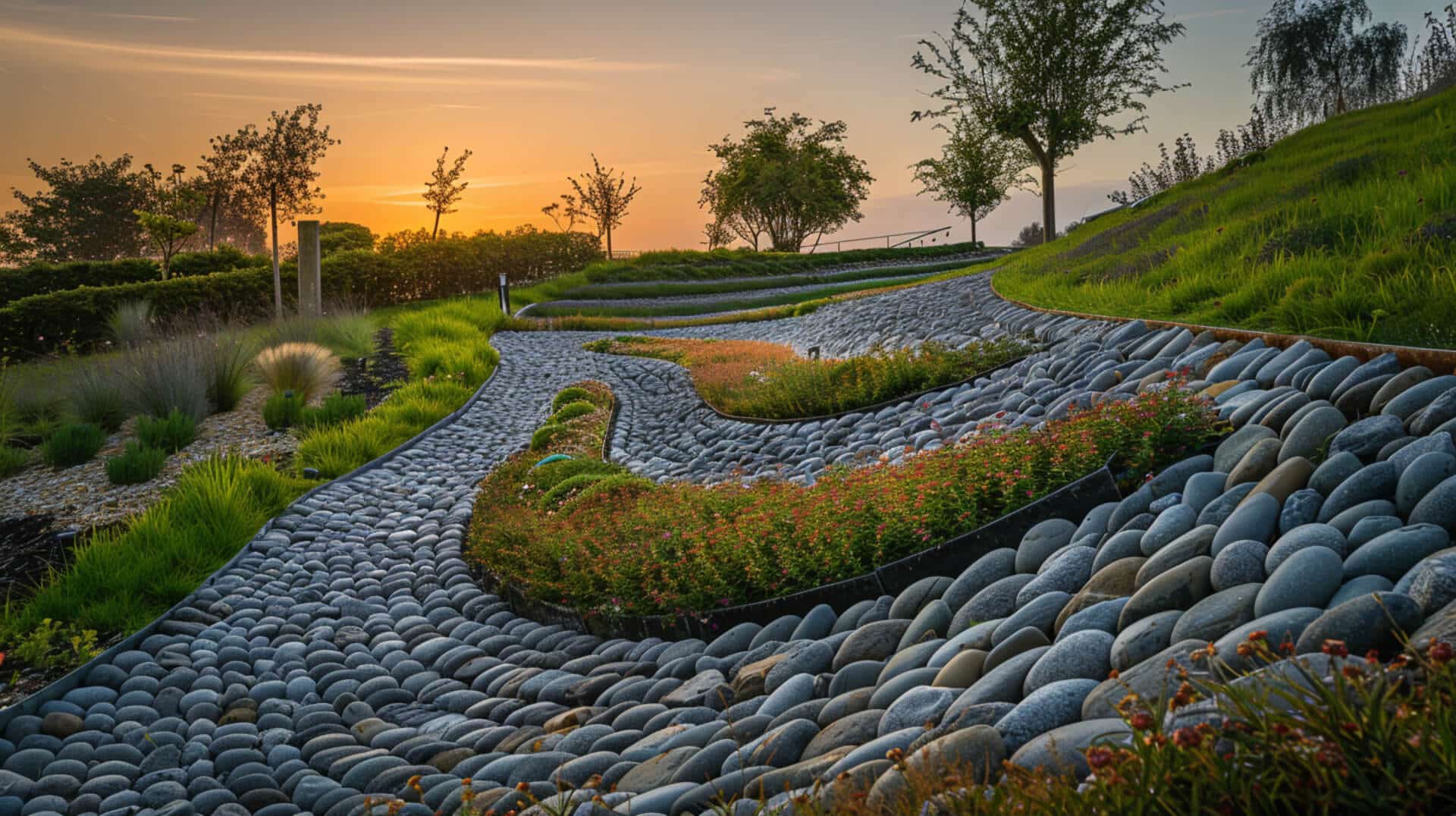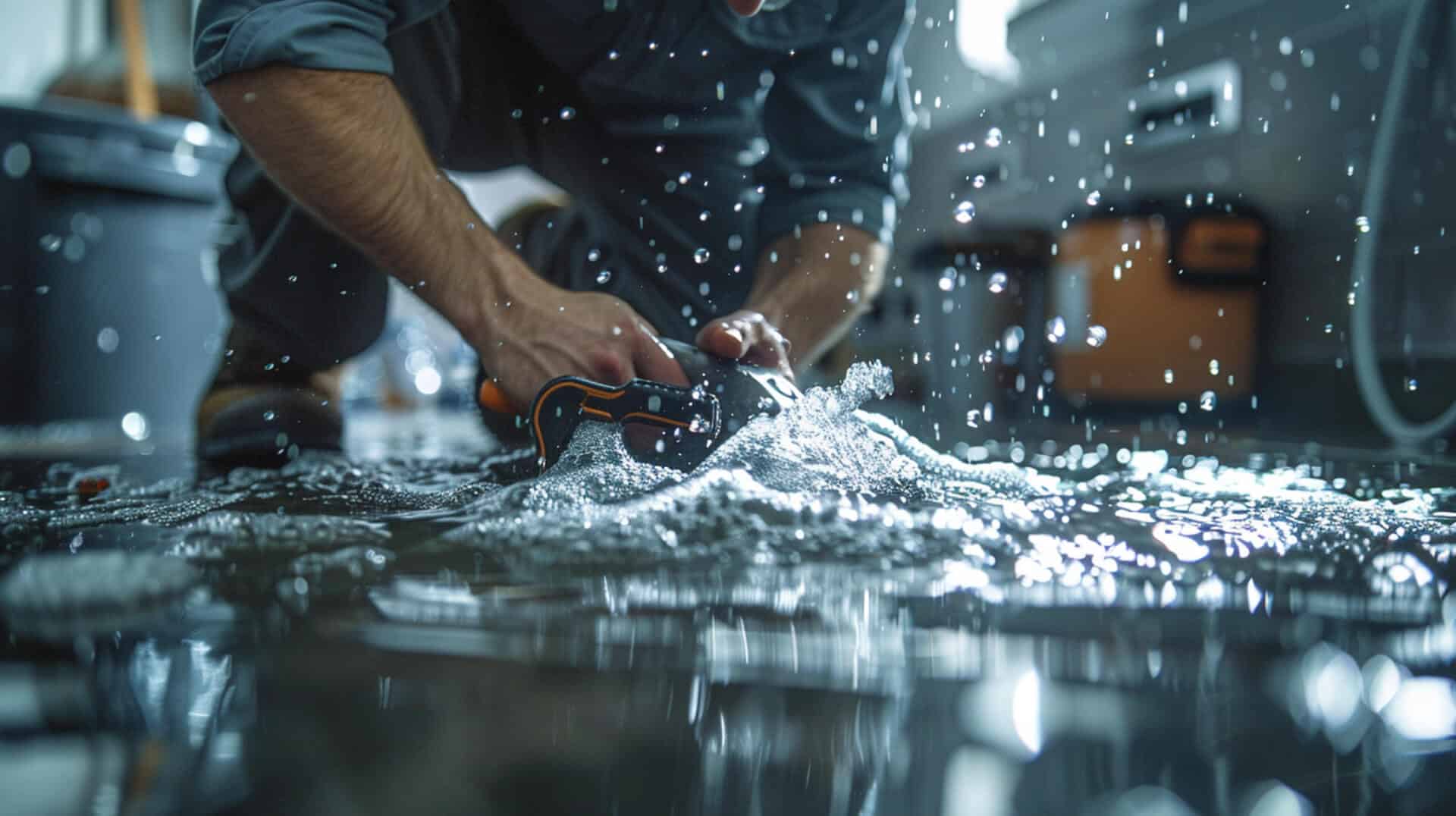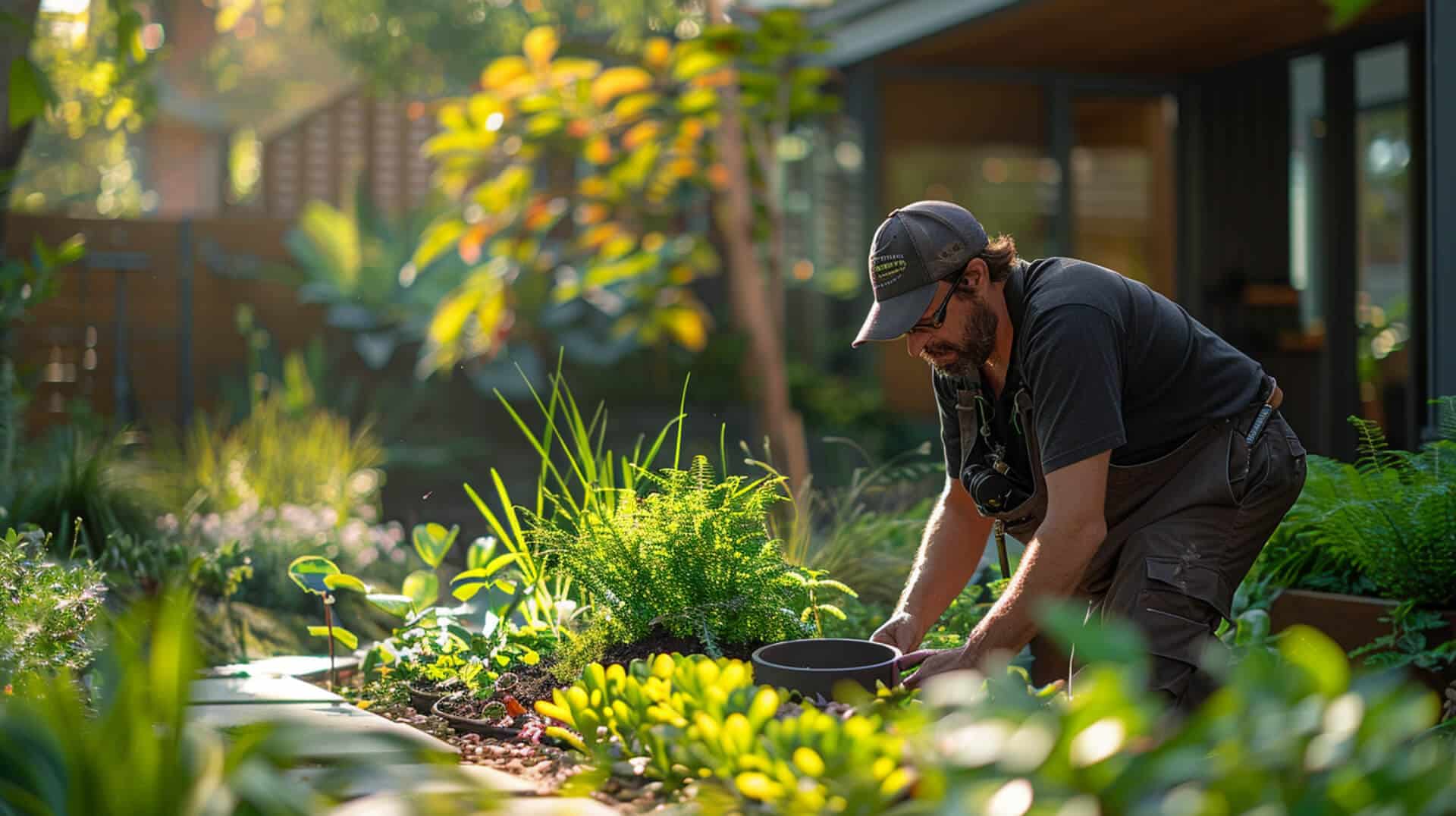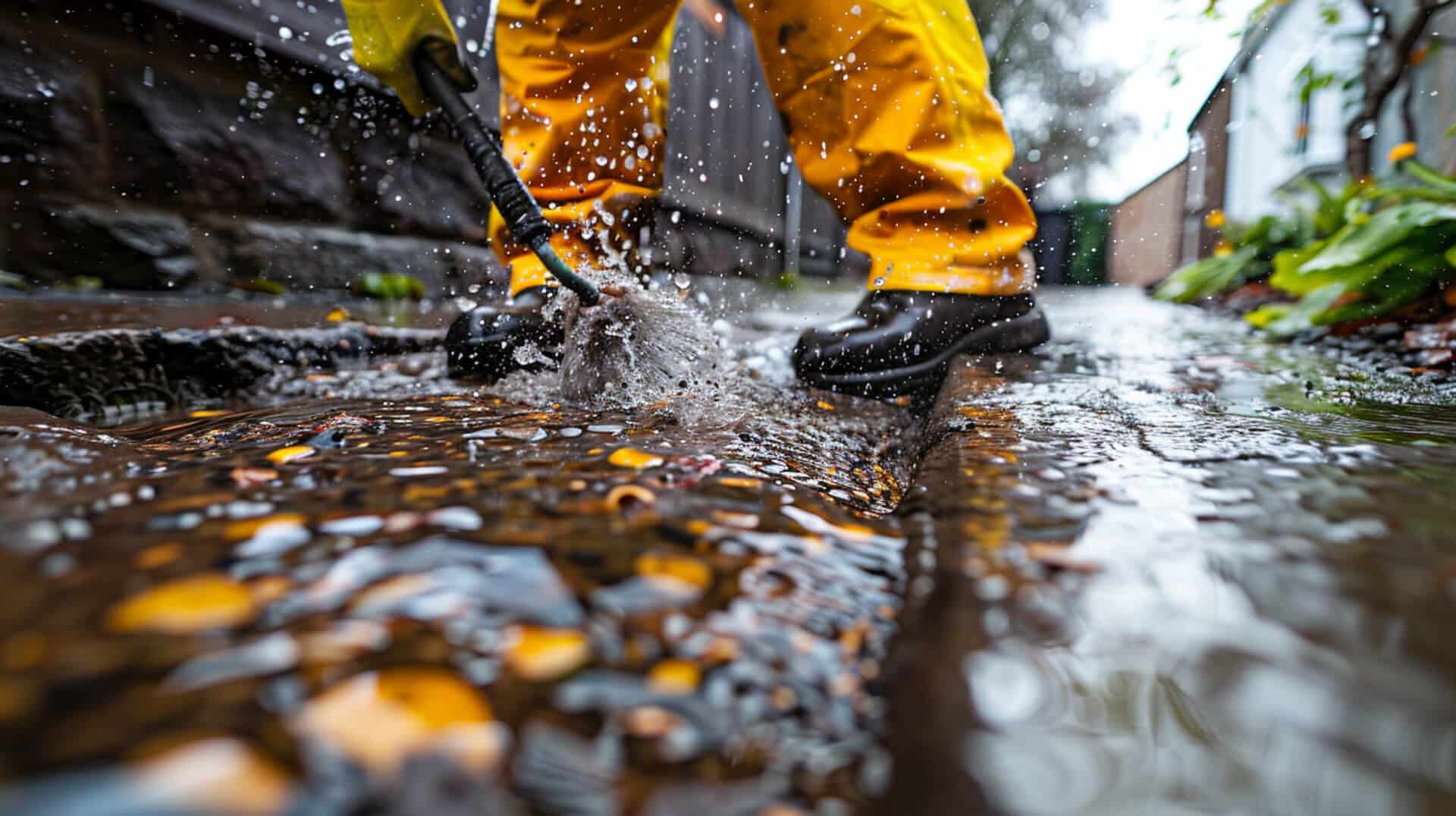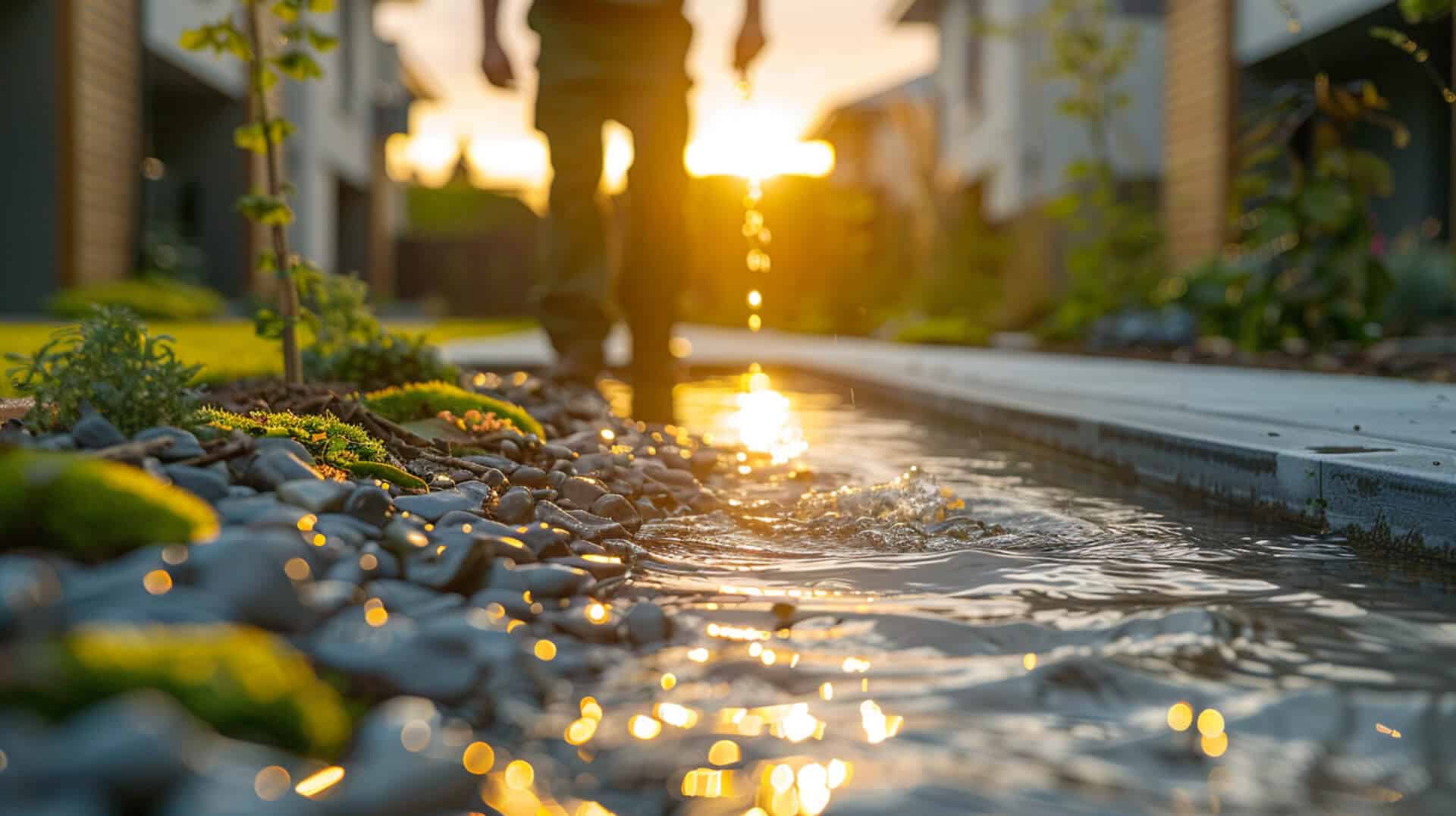 How To Maintain Drainage Swales And Contouring After Installation
How To Maintain Drainage Swales And Contouring After Installation

Maintaining drainage swales and contouring after installation is essential for their longevity and effectiveness. These systems play a pivotal role in water management and soil conservation, particularly in urban and natural landscapes. Regular maintenance ensures that they continue to function as intended, preventing water runoff, soil erosion, and potential flooding.
Importance of Post-Installation Maintenance
Properly maintained drainage swales and contours are critical for capturing, slowing, and absorbing rainwater. They help to manage urban drainage, recharge groundwater, and increase biodiversity. Without regular checks and care, these systems can fail, leading to issues such as water pooling, inadequate drainage, and soil degradation.
Crucial Maintenance for System Longevity
Regular maintenance activities are crucial to address wear and tear that can compromise the swales and contours’ integrity. Initiating maintenance early can prevent major issues, such as structural damage or reduced functionality, which can be costly and time-consuming to repair.
Timing of Maintenance Activities
You should initiate maintenance activities at the highest feasible point in the landscape before the rainy season to prepare for increased water flow. Seasonal clearing and adjustments to the slope or depth may be necessary to ensure the system’s continued performance.
Contribution to Water Management and Soil Conservation
Proper maintenance contributes significantly to the overall health of the environment. It enhances soil moisture, promotes drought resilience, and supports agricultural productivity. By maintaining these systems, you are actively participating in sustainable practices that benefit both the environment and the community.
Understanding the Basics of Swale and Contour Systems
Key Components of Drainage Swales and Contouring Systems
Drainage swales and contouring systems are integral to effective water management and soil conservation. The key components include:
- Swales: Shallow channels designed to capture and convey runoff water, reducing the speed of water flow.
- Contours: Level lines across a slope to manage water flow and soil erosion.
- Berms: Raised barriers adjacent to swales that help in water infiltration and provide planting space.
Functionality of Swale and Contour Systems
These systems function by:
- Slowing Down Water: Swales capture rainwater, slowing its journey to prevent erosion.
- Promoting Infiltration: Contours and berms allow water to percolate into the soil, recharging groundwater and enhancing soil moisture.
- Conserving Soil: By reducing the velocity of water, these systems prevent soil from being washed away.
Effective Implementation
Swales and contours are most effective when implemented:
- At the Highest Feasible Point: To capture water before it gains momentum.
- On Gentle Slopes: Ideally with gradients less than 15% to prevent rapid water flow and erosion.
Beneficiaries of Swale and Contour Systems
Proper installation and maintenance benefit:
- Property Owners: By preventing water damage and enhancing land usability.
- Urban and Rural Communities: Through improved water management and reduced flooding risks.
- Environment: By supporting biodiversity and contributing to ecological balance.
Inspection and Monitoring Protocols for Swales and Contours
Establishing Inspection Frequency
Regular inspections are crucial to maintaining the functionality of drainage swales and contouring systems. It is recommended that you inspect these systems:
- Biannually: At a minimum, conduct inspections twice a year.
- Post-Storm: Following significant rainfall events to assess any immediate damage or blockages.
- Seasonally: To prepare for seasonal changes that could impact the system’s performance.
Identifying Maintenance and Repair Needs
During inspections, look for signs that may indicate the need for maintenance or repair:
- Erosion: Evidence of soil degradation along the swales or contours.
- Sediment Build-Up: Accumulation of debris that could impede water flow.
- Vegetation Overgrowth: Plants that may obstruct the swale or compromise the contour structure.
The Importance of Continuous Monitoring
Continuous monitoring ensures:
- Early Detection: Prompt identification of issues allows for quicker interventions.
- System Longevity: Regular oversight helps prolong the life of the swale and contour systems.
- Optimal Performance: Ensures the systems effectively manage water and conserve soil.
Creating a Routine Inspection Schedule
To establish a routine inspection schedule:
- Calendar Alerts: Set reminders for upcoming inspections.
- Maintenance Logs: Keep records of past inspections and maintenance activities.
- Professional Assessments: Consider annual check-ups by professionals for expert advice.
Vegetation Management in Swales and Contours
The Role of Vegetation in Swale and Contour Effectiveness
Vegetation is a critical component of drainage swales and contouring systems, serving multiple functions:
- Soil Stabilisation: Plant roots help to bind the soil, reducing erosion.
- Water Infiltration: Vegetation increases the soil’s capacity to absorb and retain water.
- Biodiversity: Plants support a diverse ecosystem, which can improve soil health and water quality.
Best Practices for Vegetation Management
To ensure vegetation supports the health of swales and contours:
- Regular Pruning: Remove overgrowth that may obstruct water flow or weaken contour integrity.
- Strategic Planting: Choose species that are native to the area and suited to the moisture levels of swales.
- Observation and Adaptation: Monitor plant health and replace species that are not thriving with more suitable alternatives.
Optimal Plant Selection for Swales and Contours
When selecting plants for swales and contours, consider:
- Deep-Rooting Plants: These provide greater soil stability.
- Nitrogen-Fixing Ground Covers: These contribute to soil fertility and structure.
- Drought-Resistant Varieties: These ensure survival and function during dry periods.
Timing for Planting and Pruning
The best time for planting or pruning in swales and contours is:
- Planting: During the dormant season, typically late fall to early spring.
- Pruning: After the main growing season, or as needed to maintain clear water pathways.
Erosion Control Techniques
Erosion poses a significant threat to the integrity of drainage swales and contouring systems. It can undermine their structure, leading to a loss of soil and a decrease in their effectiveness for water management. To safeguard these systems, erosion control is a critical aspect of regular maintenance.
Preventing and Minimising Erosion
To prevent or minimise erosion:
- Vegetation: Establish deep-rooting plants and ground covers that hold the soil together.
- Mulching: Apply organic mulch to protect the soil surface from the impact of heavy rainfall.
- Regular Maintenance: Remove sediment build-up promptly to maintain the designed flow path of water.
Effective Materials and Structures for Erosion Control
Materials and structures that are effective in controlling erosion include:
- Geotextiles: These permeable fabrics, when used with soil, help to prevent soil erosion.
- Riprap: A layer of large stones used to stabilise slopes and shorelines.
- Retaining Walls: Structures designed to hold back soil and prevent it from moving downhill.
Timing for Implementing Erosion Control Measures
Erosion control measures should be implemented:
- During Initial Installation: As part of the construction process to prevent immediate erosion.
- After Observing Erosion Signs: When inspections reveal erosion issues, take corrective action as soon as possible.
- Following Major Weather Events: After heavy rain or flooding, assess and repair any erosion damage to prevent further degradation.
Repair and Reinforcement Strategies
Identifying Common Repair Needs
In the lifecycle of swale and contour systems, certain issues frequently necessitate repair:
- Structural Damage: Compromised swale banks or contour lines due to heavy rainfall or foot traffic.
- Water Flow Obstructions: Blockages that prevent proper drainage and lead to waterlogging.
- Erosion: Loss of soil along the swales or contours, which can reduce their effectiveness.
Reinforcing Swales and Contours
To reinforce these systems and prevent future problems:
- Stabilisation: Use geotextiles or riprap to stabilise areas prone to erosion.
- Redesign: Modify the shape or gradient of swales and contours to improve water flow.
- Vegetation: Plant or reinforce vegetation that can provide additional soil stability.
Effective Materials and Techniques
For repairs, the following materials and techniques are recommended:
- Biodegradable Products: Such as coir logs for temporary stabilisation.
- Durable Materials: Like concrete or stone for permanent structural reinforcement.
- Professional Techniques: Employing contour terracing or check dams to manage water flow.
Consulting Professional Services
For professional repair and reinforcement services, consider consulting:
- Landscape Architects: For design modifications that enhance system resilience.
- Civil Engineers: To address significant structural issues or compliance with local regulations.
- Environmental Consultants: For advice on ecological impact and best practices in sustainable landscaping.
Water Flow Optimization in Swales and Contours
Maximising Efficiency of Water Flow
Optimising water flow within swales and contours is essential for their efficiency and effectiveness. To achieve this:
- Regular Inspections: Monitor the swales and contours to ensure they are free of obstructions that could impede water flow.
- Proper Slope Maintenance: Maintain the correct slope to facilitate the gentle movement of water, preventing erosion and promoting absorption.
Adjustments for Improved Water Capture and Absorption
Adjustments that can be made to enhance water capture and absorption include:
- Reshaping Swales: Modify the depth or width of swales to increase their water-holding capacity.
- Adding Organic Matter: Incorporate compost or mulch to improve soil permeability and water retention.
Critical Nature of Overflow Management
Managing overflow and excess water is critical to prevent system failure and local flooding. This involves:
- Overflow Pathways: Designate areas where excess water can be safely diverted.
- Regular Maintenance: Clear pathways to ensure they are not obstructed when needed.
Timing for Water Flow Modifications
Consider modifications to water flow:
- After Heavy Rainfall: Assess performance and make necessary changes.
- During Dry Seasons: Adjust to ensure water conservation and soil moisture retention.
- Following Changes in Land Use: Adapt the system to accommodate increased runoff from new developments.
Tools and Techniques for Swale and Contour Maintenance
Maintaining drainage swales and contours requires a combination of traditional tools and modern technology. The right equipment can make maintenance tasks more efficient and effective.
Essential Tools for Maintenance
For routine maintenance, the following tools are essential:
- A-frame Level: For checking the contour lines and ensuring they are level.
- Shovel and Pick: For clearing debris and reshaping swales and berms as needed.
- Water Level: To assess the flow of water and make necessary adjustments.
Technological Assistance in Maintenance
Technology can greatly assist in the maintenance and monitoring of these systems:
- Hydrological Analysis Software: For predicting water flow and identifying potential overflow areas.
- Drones: To survey large areas and monitor the condition of swales and contours from above.
- GIS Mapping: To track changes in the landscape and plan maintenance activities.
Effective Low-Tech Approaches
Despite advances in technology, low-tech approaches remain effective:
- Manual Inspection: Regular on-foot inspections to observe and address immediate issues.
- Simple Earth-Moving Techniques: Using basic tools to adjust the shape and depth of swales.
Resources for Training and Techniques
Property owners can find training or resources on maintenance techniques through:
- Local Extension Services: Offering workshops and materials on sustainable land management.
- Environmental Conservation Organisations: Providing guidelines and best practices for soil and water conservation.
- Online Platforms: Such as ISMS.online, which offer comprehensive resources and support for maintaining sustainable drainage systems.
Navigating Legal and Regulatory Compliance
Importance of Compliance for Swale and Contour Maintenance
Compliance with local ordinances and regulations is essential for the maintenance of drainage swales and contouring systems. Adhering to these rules ensures that your water management practices are legally sound and environmentally responsible. It also helps in preventing potential legal disputes with local authorities or neighbours.
Ensuring Systems Meet Legal Requirements
To ensure your swales and contours meet legal requirements:
- Stay Informed: Regularly review local environmental regulations and water management laws.
- Consult Experts: Engage with environmental consultants or legal advisors who specialise in land use and water rights.
- Documentation: Keep detailed records of your maintenance activities as evidence of compliance.
Consequences of Non-Compliance
Non-compliance can lead to:
- Fines: Monetary penalties imposed by local or state authorities.
- Restoration Orders: Legal mandates to restore areas to their original state, which can be costly.
- Reputational Damage: Negative perception among the community and potential legal conflicts.
Assistance in Meeting Legal Obligations
Professionals who can assist in understanding and meeting legal obligations include:
- Environmental Lawyers: Provide legal advice on compliance with environmental laws.
- Local Government Officials: Offer guidance on regulations specific to your area.
- Water Management Specialists: Advise on best practices for maintaining swales and contours in accordance with legal standards.
Enhancing Community and Environmental Benefits
Contributions to Community Well-Being
Properly maintained swales and contours offer significant advantages to community well-being. They:
- Reduce Flooding Risks: By managing stormwater effectively, these systems minimise the potential for flood damage in residential areas.
- Enhance Aesthetics: Green spaces with well-maintained swales and contours contribute to the visual appeal of neighbourhoods.
- Promote Recreational Spaces: When integrated into parks and communal areas, they provide natural spaces for community activities.
Environmental Advantages of Swales and Contours
The environmental benefits of these systems are substantial, including:
- Biodiversity Support: They create habitats for various plant and animal species.
- Soil Conservation: By preventing erosion, they maintain soil health and fertility.
- Water Quality Improvement: They philtre pollutants, improving the quality of local water bodies.
The Role of Community Involvement
Community involvement is pivotal for the success of these systems because it:
- Encourages Stewardship: When communities are involved, there is a collective effort to maintain and protect these environmental assets.
- Spreads Awareness: Educating residents about the benefits of swales and contours fosters a culture of sustainability.
Promoting Sustainable Practices
Property owners can promote sustainability by:
- Hosting Workshops: Educate neighbours on the importance and maintenance of swales and contours.
- Sharing Resources: Provide guidance on sustainable landscaping practices.
- Collaborating: Work with local environmental groups to enhance community green spaces.
Addressing Maintenance Challenges and Solutions
Maintaining drainage swales and contouring systems can present various challenges. Understanding these and knowing where to find solutions is key to ensuring the longevity and effectiveness of these water management structures.
Common Challenges in Swale and Contour Maintenance
Property owners may encounter several maintenance challenges:
- Blockages: Debris and sediment can accumulate, obstructing water flow.
- Erosion: Water flow can erode swale banks and contour lines.
- Vegetation Overgrowth: Unchecked plant growth can interfere with the system’s function.
Overcoming Challenges with Innovative Solutions
Innovative solutions to these challenges include:
- Regular Clearing: Establish a routine to remove debris and sediment.
- Reinforcement: Use erosion control fabrics or plant deep-rooted vegetation to stabilise soil.
- Pruning Schedule: Manage vegetation growth through scheduled pruning.
Seeking Assistance for Maintenance Issues
For assistance with maintenance issues:
- Local Extension Services: Offer guidance and resources for sustainable land management.
- Environmental Consultants: Provide expert advice tailored to your specific landscape.
- Professional Landscapers: Can perform maintenance tasks that are beyond the scope of routine care.
Key Stakeholders in System Success
The success of swale and contour systems relies on:
- Property Owners: Responsible for regular maintenance and seeking assistance when needed.
- Community Members: Can contribute to the collective effort in maintaining these systems.
- Local Authorities: Ensure compliance with regulations and provide support for sustainable practices.
Proactive Maintenance of Drainage Swales and Contouring
The Necessity of Proactive Maintenance
Proactive maintenance of drainage swales and contouring is essential to prevent water management issues and soil erosion. By anticipating potential problems and addressing them early, you can ensure that these systems continue to function effectively, protecting your property from water damage and contributing to environmental conservation.
Benefits for Property and Business Owners
Implementing the outlined maintenance strategies can yield significant benefits:
- Cost Savings: Preventing major repairs through routine maintenance can be more economical in the long run.
- Property Value: Well-maintained swales and contours can enhance the aesthetic and ecological value of your property.
- Risk Mitigation: Regular upkeep helps to mitigate the risks associated with water damage and soil erosion.
Implications of Maintenance Neglect
Neglecting the maintenance of swales and contouring systems can lead to:
- System Failure: Ineffective water management and potential flooding.
- Increased Costs: More extensive repairs or complete system overhauls may become necessary.
- Environmental Degradation: Loss of biodiversity and negative impacts on soil and water quality.
Resources for Maintenance Support
For additional resources or support:
- Local Extension Offices: Offer guidance and educational materials on sustainable land management.
- Environmental Agencies: Provide information on best practices and regulations.
- Professional Landscaping Services: Can assist with maintenance tasks and offer expert advice.
